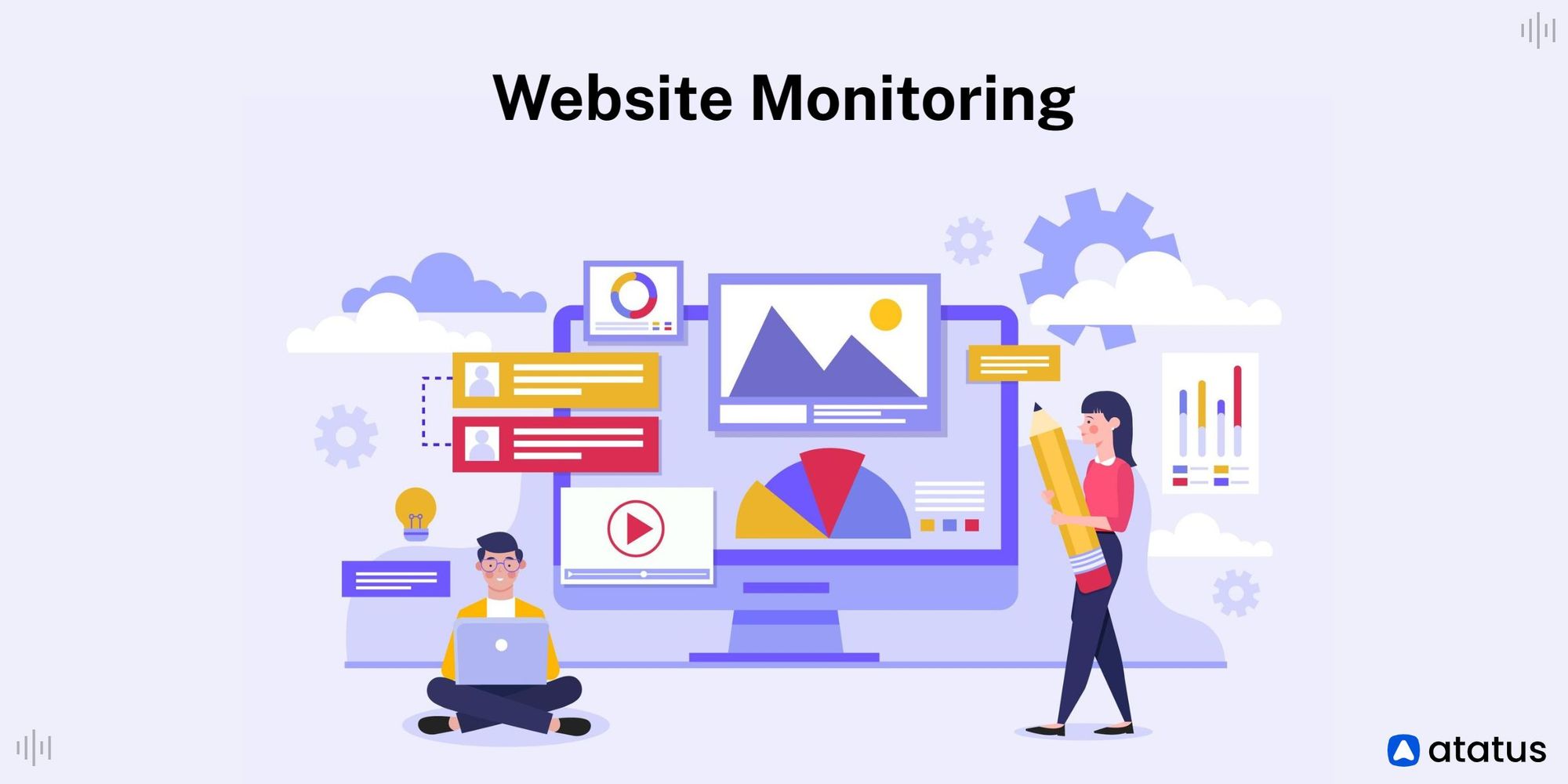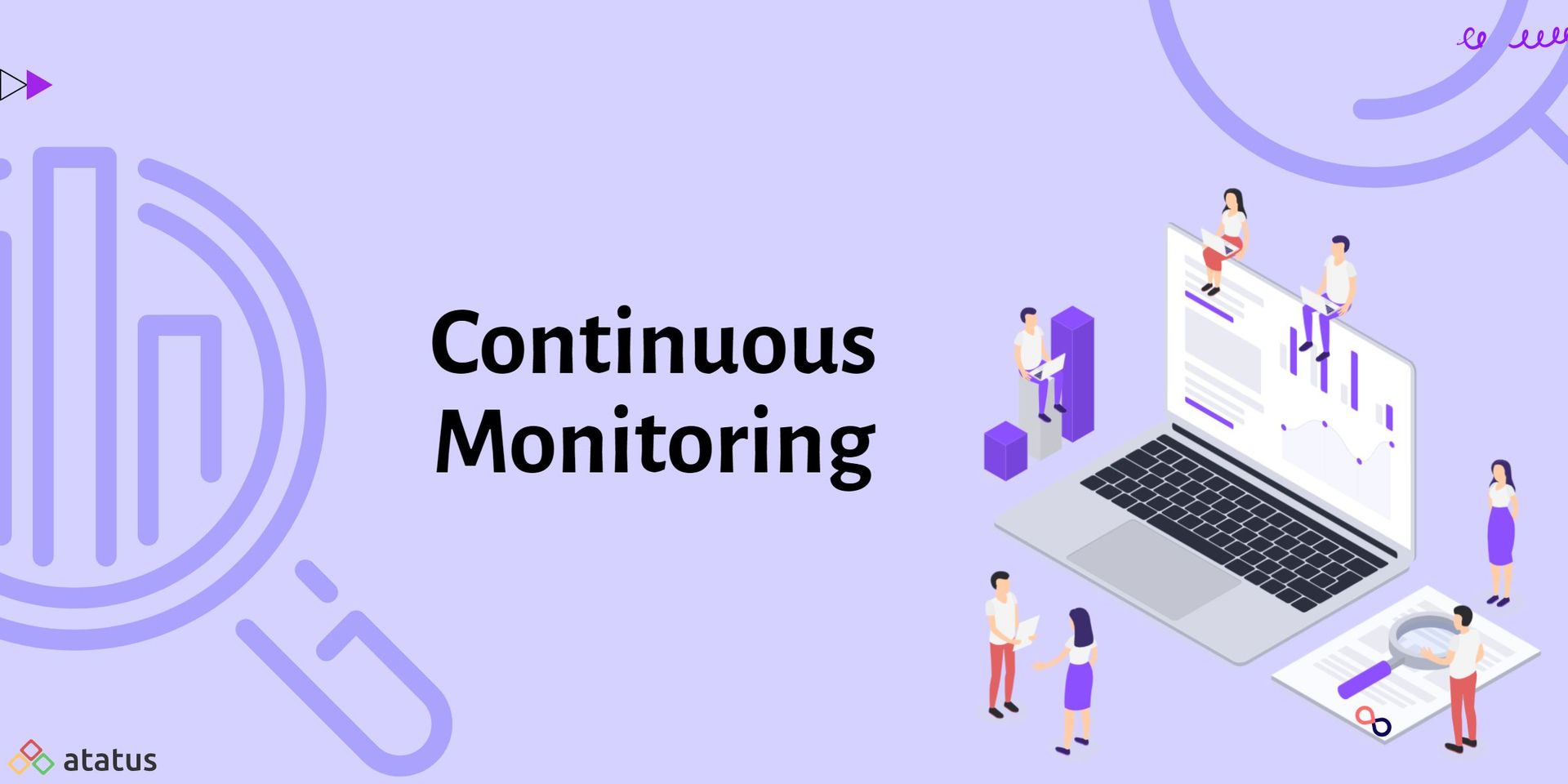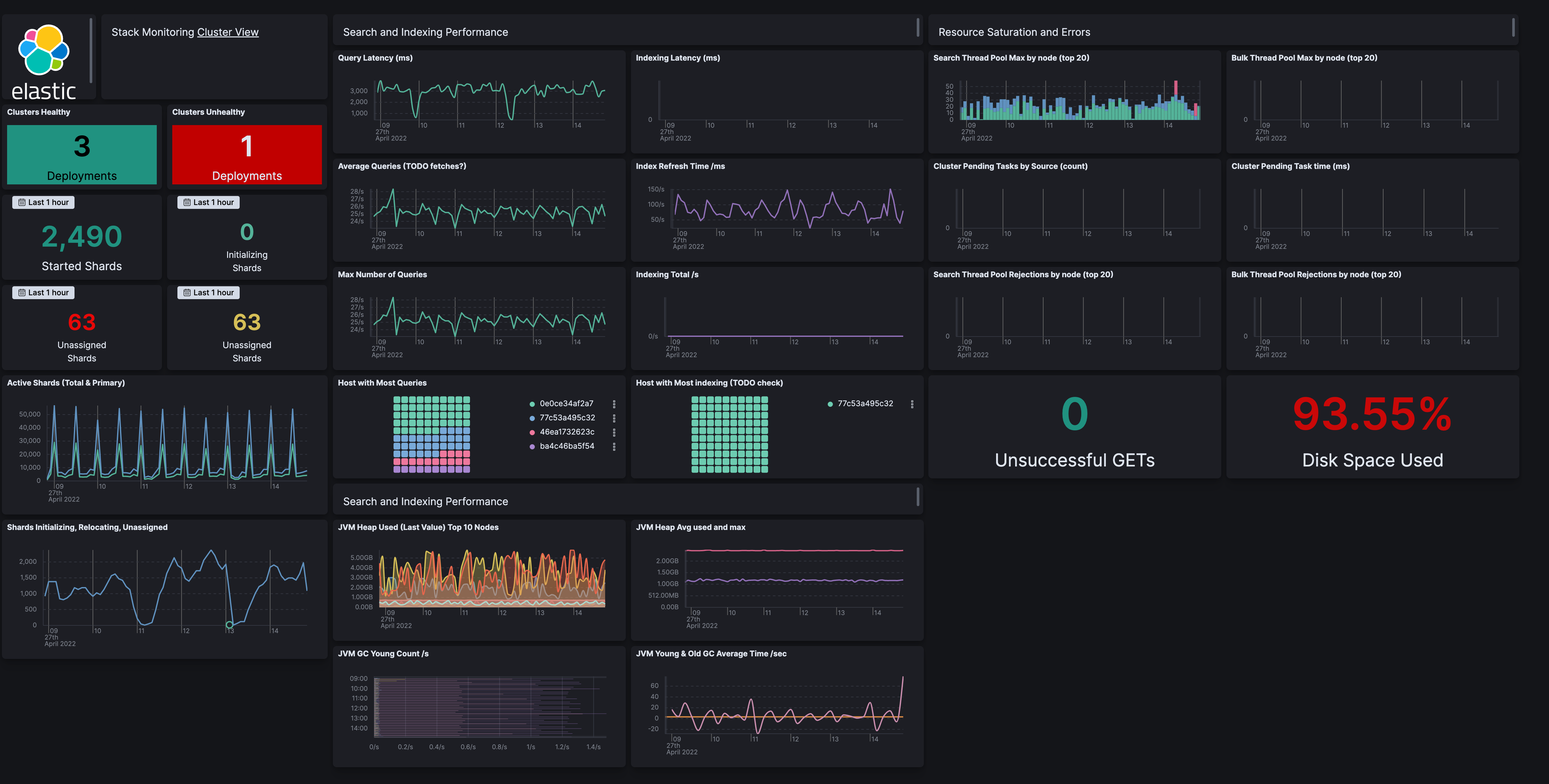Monitoring Report Template Clinical Trials
Clinical trial monitoring is a critical aspect of ensuring the safety, integrity, and validity of research findings. A well-structured monitoring report template is indispensable for systematically documenting the monitoring process, identifying potential issues, and tracking corrective actions. This report serves as a formal record of site performance, adherence to protocol, and compliance with regulatory requirements. Consistent use of a standardized template promotes efficiency, consistency, and clear communication among all stakeholders involved in the clinical trial.
-
Monitoring Report Template for Clinical Trials: A Comprehensive Guide
This guide provides a detailed overview of a monitoring report template for clinical trials, outlining key sections and essential information to be included. It aims to help monitors effectively document their findings and contribute to the overall success of the clinical trial.
-
I. Administrative Information: Setting the Stage
This section establishes the context for the monitoring visit and provides essential administrative details.
- Trial Name and Protocol Number: Clearly identify the specific clinical trial being monitored.
- Site Name and Number: Specify the investigational site visited.
- Monitor Name and Affiliation: Indicate the monitor’s full name and their sponsoring organization.
- Visit Dates: Record the dates of the monitoring visit, including arrival and departure times.
- Visit Type: Classify the visit as an initiation, interim, close-out, or for-cause visit.
- Report Date: State the date the monitoring report was prepared.
- Individuals Present: List all individuals present during the monitoring visit, including site personnel and other observers.
-
II. Executive Summary: Key Findings and Action Items
This section provides a concise overview of the monitor’s key findings and any required action items. It should be brief and highlight the most important observations.
- Overall Assessment of Site Performance: Provide a general assessment of the site’s performance, highlighting strengths and areas for improvement.
- Significant Findings: Summarize any significant findings related to protocol adherence, data quality, subject safety, and regulatory compliance.
- Action Items: Clearly list all required action items, including responsible parties and deadlines for completion.
-
III. Source Document Verification (SDV): Data Accuracy and Integrity
This section documents the results of the source document verification process, comparing data recorded in the case report form (CRF) to the original source documents.
- Sample Size: Specify the number of records reviewed during the SDV process.
- Error Rate: Calculate and report the error rate observed during SDV.
- Types of Errors: Categorize and describe the types of errors identified (e.g., transcription errors, eligibility violations, concomitant medication errors).
- Impact of Errors: Assess the potential impact of the errors on data integrity and study outcomes.
- Corrective Actions: Describe any corrective actions taken or planned to address the errors.
-
IV. Protocol Adherence: Ensuring Compliance
This section assesses the site’s adherence to the study protocol and identifies any deviations.
- Protocol Deviations: Document all protocol deviations identified during the monitoring visit, including the date, nature of the deviation, and potential impact.
- Deviation Reporting: Verify that all protocol deviations have been properly reported to the sponsor and IRB.
- Root Cause Analysis: Investigate the root causes of protocol deviations to prevent recurrence.
- Corrective and Preventative Actions (CAPA): Implement CAPA plans to address protocol deviations and improve adherence.
-
V. Investigational Product (IP) Accountability: Managing Medications
This section focuses on the proper handling and accountability of the investigational product.
- Inventory Reconciliation: Reconcile the IP inventory, verifying that all doses are accounted for.
- Storage Conditions: Confirm that IP is stored under appropriate conditions, as specified in the protocol.
- Dispensing Procedures: Review IP dispensing procedures to ensure compliance with the protocol.
- Returned IP: Verify that returned IP is properly documented and disposed of.
- Drug Accountability Logs: Review drug accountability logs for accuracy and completeness.
-
VI. Subject Safety and Well-being: Prioritizing Participant Protection
This section assesses the site’s procedures for protecting the safety and well-being of study participants.
- Adverse Event (AE) Reporting: Review AE reporting procedures to ensure timely and accurate reporting of all AEs.
- Serious Adverse Event (SAE) Reporting: Verify that all SAEs have been properly reported to the sponsor and IRB.
- Informed Consent Process: Review the informed consent process to ensure that participants are fully informed about the risks and benefits of the study.
- Subject Enrollment: Verify that subjects meet the eligibility criteria and have provided informed consent prior to enrollment.
-
VII. Regulatory Compliance: Meeting Ethical and Legal Standards
This section evaluates the site’s compliance with all applicable regulatory requirements.
- IRB Approval: Verify that the study has been approved by the appropriate IRB.
- Essential Documents: Review essential documents to ensure they are complete, accurate, and up-to-date.
- Site Personnel Training: Verify that site personnel have received appropriate training on the protocol and relevant regulations.
- Data Security: Assess the site’s procedures for protecting the confidentiality and security of subject data.
-
VIII. Site Staff Communication and Training: Fostering a Collaborative Environment
This section evaluates the communication and training provided to the site staff.
- Communication Effectiveness: Assess the effectiveness of communication between the sponsor/CRO and the site staff.
- Training Adequacy: Evaluate the adequacy of training provided to site staff on the protocol, procedures, and regulations.
- Staff Qualifications: Verify that site staff possess the necessary qualifications and experience to perform their assigned duties.
-
IX. Action Items and Follow-up: Driving Continuous Improvement
This section summarizes the action items identified during the monitoring visit and specifies the follow-up procedures.
- List of Action Items: Provide a comprehensive list of all required action items.
- Responsible Parties: Identify the individuals responsible for completing each action item.
- Deadlines for Completion: Specify the deadlines for completing each action item.
- Follow-up Procedures: Describe the procedures for tracking the progress and completion of action items.
-
X. Attachments: Supporting Documentation
This section includes any supporting documentation relevant to the monitoring visit.
- Signed Visit Log: Include a signed visit log documenting the names and titles of all individuals present during the monitoring visit.
- Communication Logs: Attach copies of any relevant communication logs.
- Deviation Logs: Include copies of deviation logs.
- Other Relevant Documents: Attach any other documents that support the findings and conclusions of the monitoring report.
By consistently using a comprehensive monitoring report template, clinical trial sponsors and CROs can ensure the quality, integrity, and ethical conduct of their clinical trials. This, in turn, protects the safety of study participants and strengthens the validity of research findings.
If you are searching about Website Monitoring: What, Why, and Best Practices you’ve came to the right place. We have 15 Pics about Website Monitoring: What, Why, and Best Practices like Are you monitoring everything?, Apa Itu Monitoring System dan Manfaatnya Bagi Perusahaan and also Monitoring with Monit + Argos. Here it is:
Website Monitoring: What, Why, And Best Practices

www.atatus.com
What Is Monitoring, How To Monitor, And Tools For Monitoring

www.prisma.io
Employee Monitoring: Is It Really Such A Good Idea? | Smartway2

smartway2.com
What Is Monitoring? Advantages, Requirements & More

framr.tv
Are You Monitoring Everything?

www.hava.io
Monitoring Put Simple — Aussie Coach Abroad

www.aussiecoachabroad.com
Monitoring

www.fity.club
Employee Monitoring Software: Enhancing Productivity And Security

www.thehansindia.com
A Second Pair Of Eyes: Tips For Monitoring Your Organization’s

techgenix.com
Apa Itu Monitoring System Dan Manfaatnya Bagi Perusahaan

laskarotomasi.com
Monitoring With Monit + Argos

hq.apiscp.com
Continuous Monitoring: Definition, Types, Benefits And More

www.atatus.com
Compliance Monitoring: A Strategic Approach To Monitoring For Compliance

www.corporatecomplianceinsights.com
Log Monitoring: The Foundation Of Modern Cybersecurity

www.defense.com
Elastic Stack Monitoring Dashboard | Elastic Content Share

elastic-content-share.eu
Website monitoring: what, why, and best practices. Monitoring with monit + argos. Apa itu monitoring system dan manfaatnya bagi perusahaan